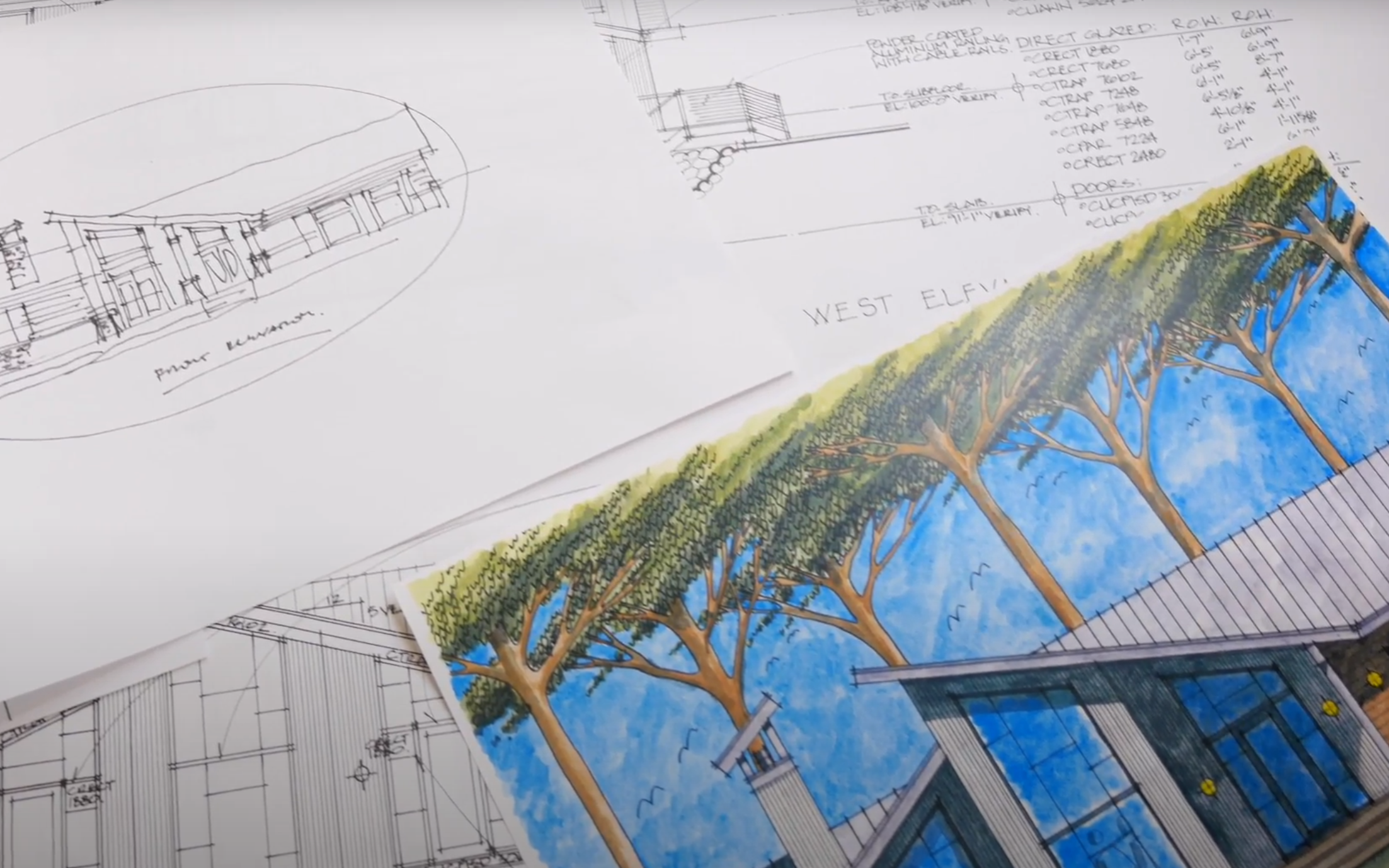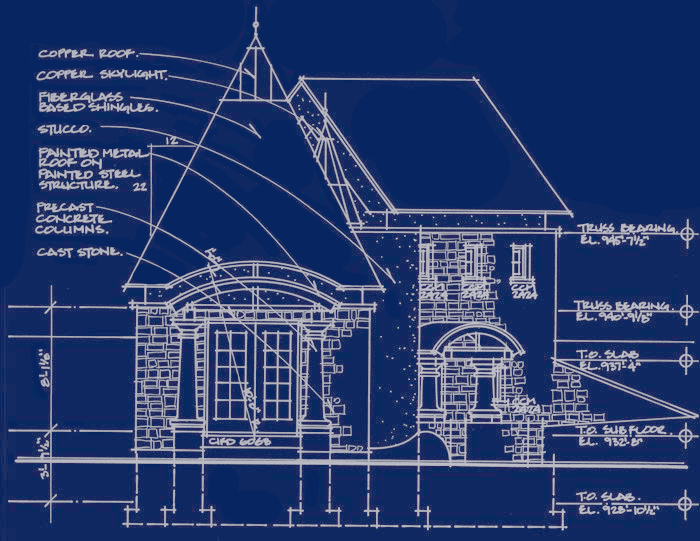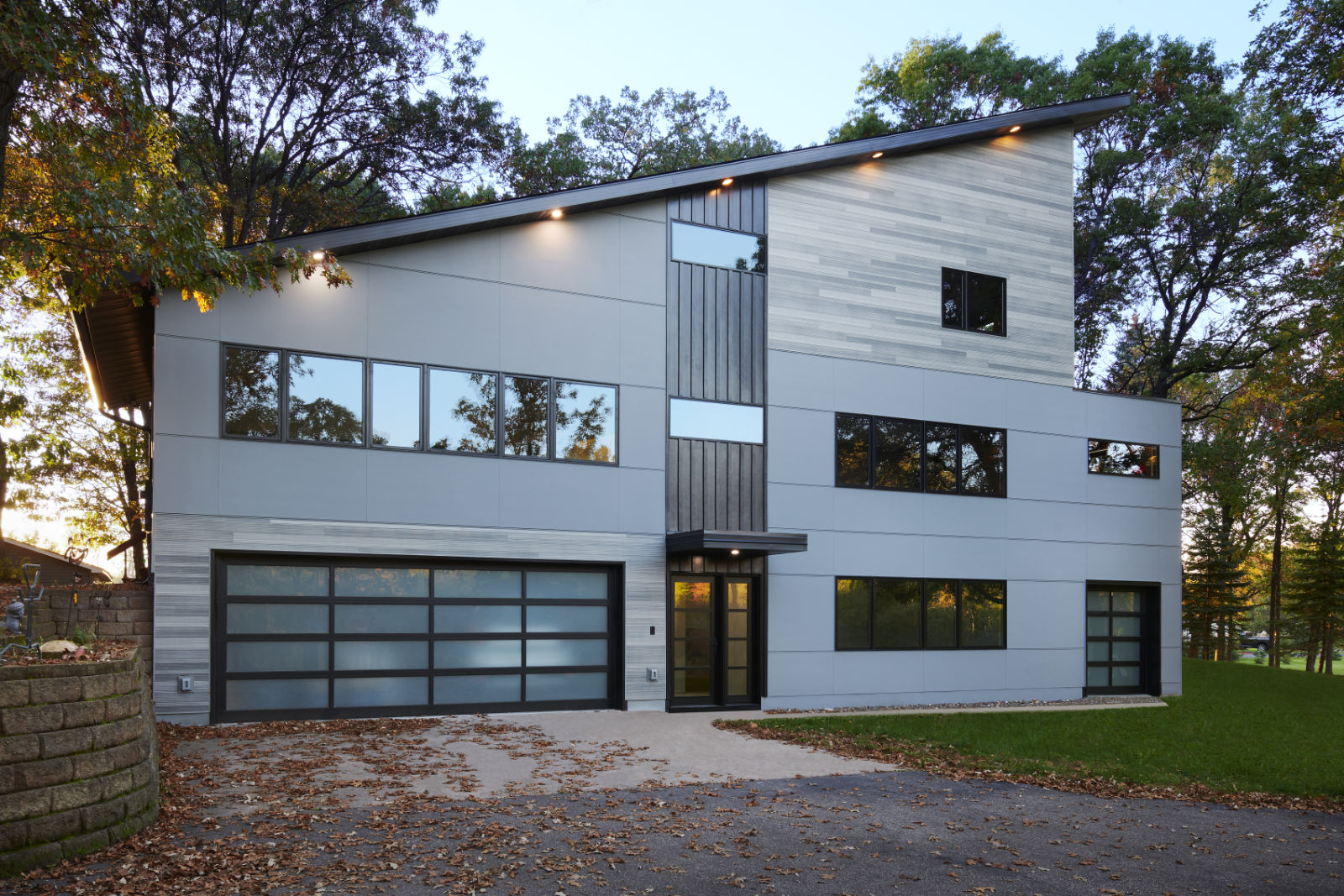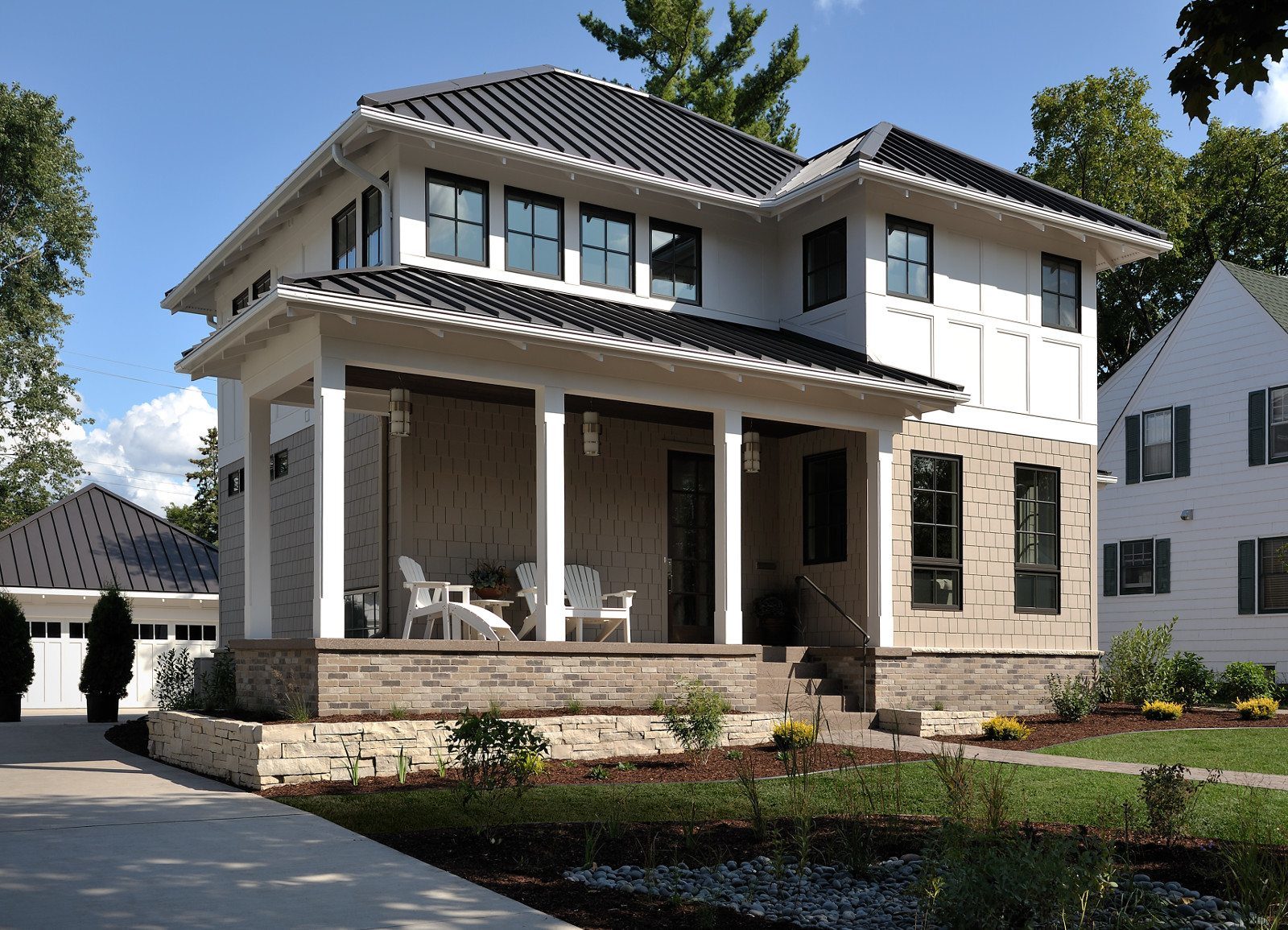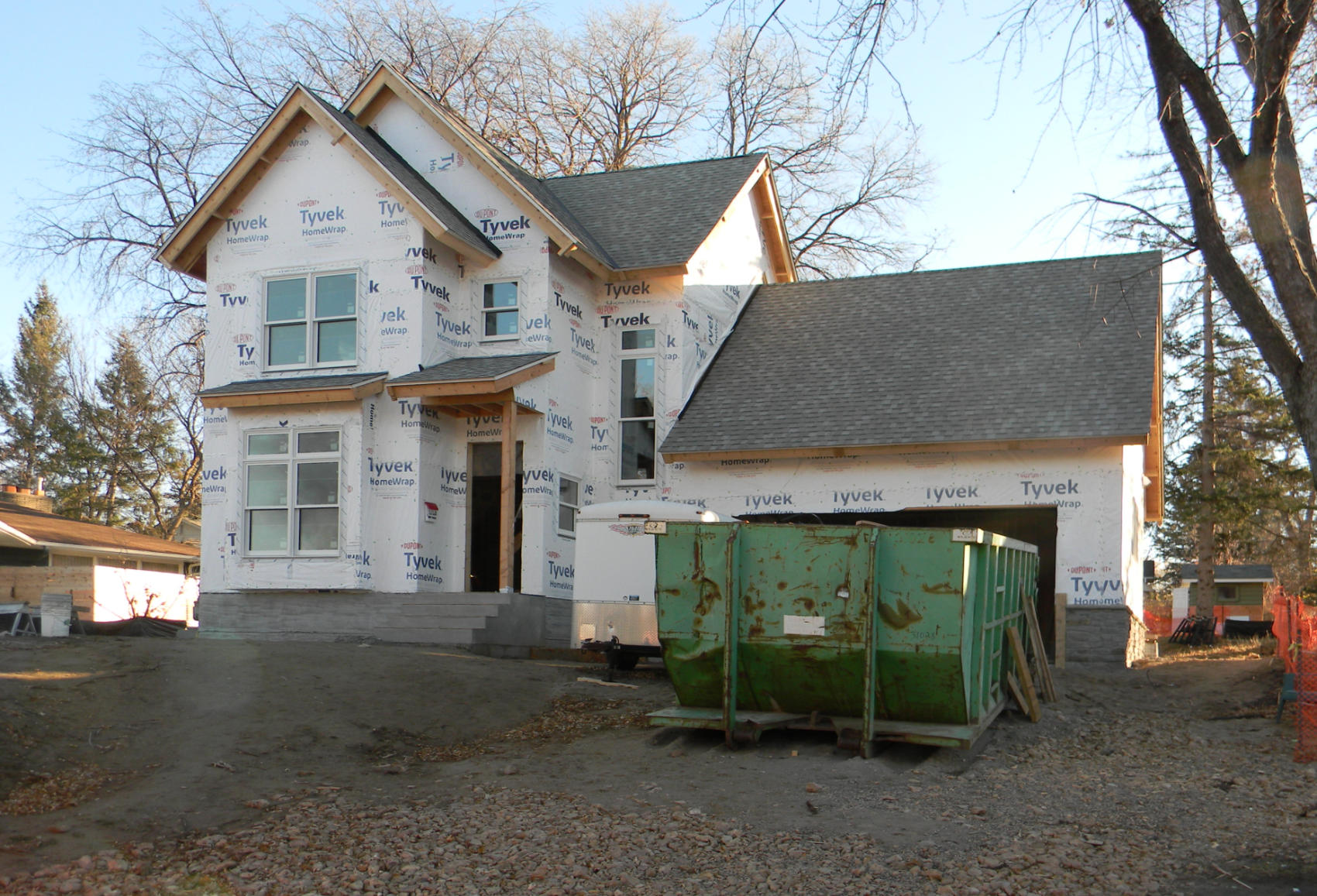Free Guides
Home Design Guide
One of the first questions people ask an architect is how do I get started? How do I begin to articulate what I want in my project? The process of designing a new home or addition can be overwhelming. There are so many decisions to make that it may be hard to know where to begin. At Chris Doehrmann Architect we start at the beginning. We first get to know who you are and what is important to you. To assist in that process we have developed our Home Design Guide. The Home Design Guide is a series of questions aimed at helping you communicate your hopes and dreams for your project. Step by step, space by space, room by room you will be able to start communicating the styles you like, the features you want, and how you see yourself living in your new home.
We also encourage you to keep a binder of clippings from magazines of different features you like and even of some you don’t. As we go through the design guide with you and see the things that you like, we begin to formulate a vision of your style and priorities. The guide helps us to ask the right questions so we can design a home that compliments your lifestyle and reflects your personal tastes. Download the Home Design Guide with our compliments or fill out our online form fill out our online form to start your journey today.
Services Brochure
No two clients or projects are alike. To respond to your unique needs, our services and fee structures are flexible: hourly or fixed fee based on your project’s scope and the level of service you need. Take a look at our Services Brochure and you can determine what level of service that is most appropriate for your project: Design, Builder Set, or Bid Set. Read More… Hide
How to Avoid Renovation Mistakes
No one wants to make mistakes that can be avoided especially when it comes to your home improvement project. Your home is the one of the most important investments you will ever make. The wrong decisions can affect your home’s value and your family’s quality of life. Don’t take any chances. View our complimentary Guide For Avoiding Renovation Mistakes, to help you through the process, and Contact Chris to put our experience to work for you today.
How to Start a New Home Build in Minneapolis
Designing and starting a custom new home build in Minneapolis, or another metropolitan area, is like no other purchase you will make. You can’t just point to what you want and order it. Instead, you need to engage in a creative process with a team of professionals, including a custom home architect and custom home builder, to help you design and complete a custom new home build that responds to your lifestyle and reflects your personal tastes. You will also need to navigate through the increasingly more complex process of working with the City of Minneapolis for zoning and building permit approval. View our complimentary Guide For Building a New Home in Minneapolis to get a better understanding of the process. Or Contact Chris to talk to Chris about the best path forward on your project today.
Contractor Selection Guide
Hiring a contractor without references or a referral from someone you know and trust can end in disaster. Whether the economy is boom or bust, start up construction companies are everywhere, some with little more than a pickup truck and a business card. A contractor can take your money without performing the work or simply do a bad job that will require you to hire someone else to fix it. Always check a contractor’s references and see some of the work he has completed before hiring him.
You should look for a contractor who has experience in the type and size of project you are planning. You may know a contractor who does wonderful kitchen and bathroom renovations but has little experience adding a second level to an existing rambler. You want a contractor who does what you want to do. If you value quality design and hire an architect to design your addition or renovation, you should look for a contractor who has experience working with architects or architecturally designed homes. You want to make sure that the contractor you hire can actually build what you and your architect have designed. Use the Contractor Selection Guide to help you determine if a specific contractor is right for you.

